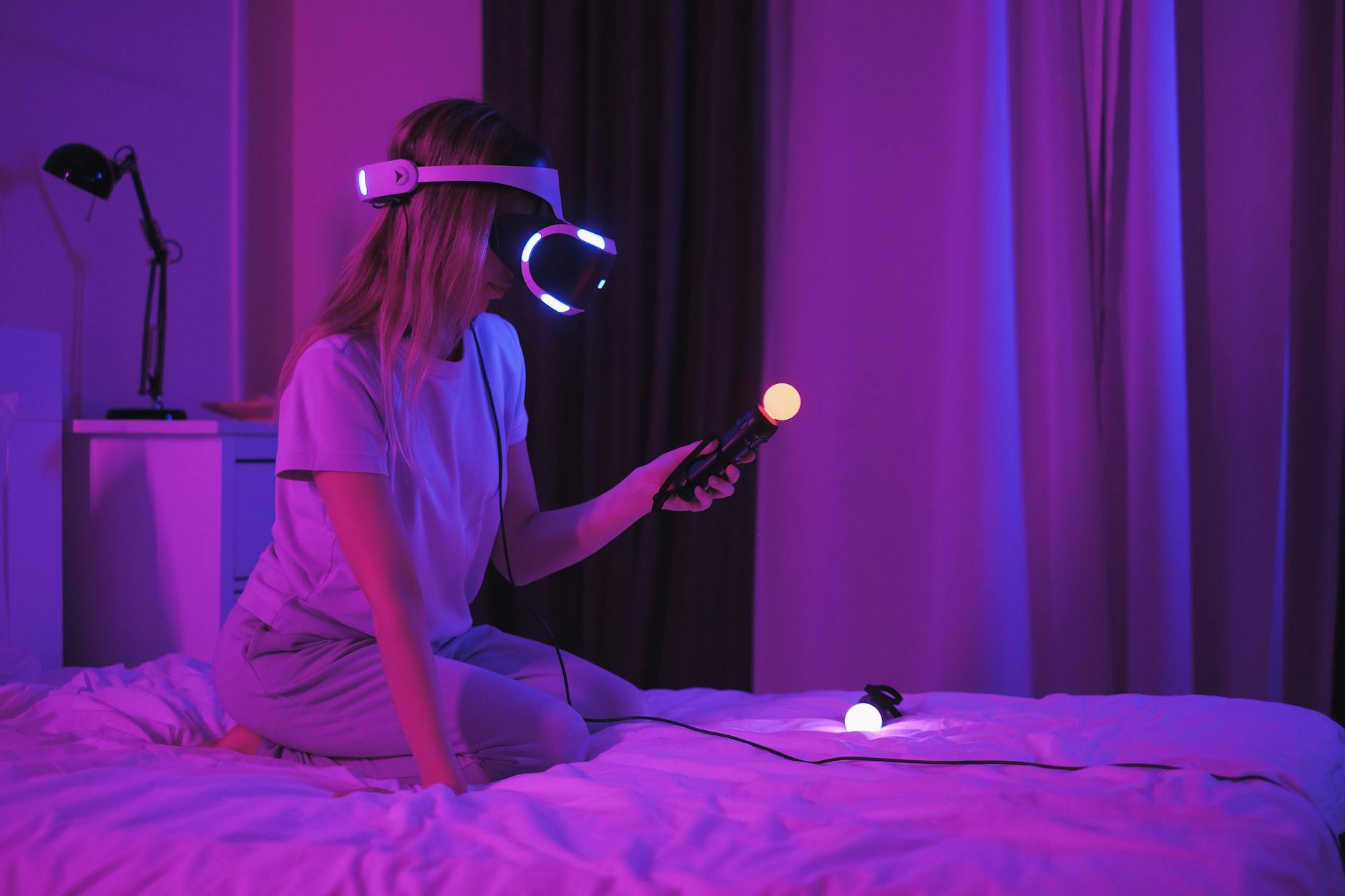Last things first. Wow finally subscribed to Strava for $60 a year. Nice to see the power analysis but they bury the fact they give you a CTS training regime. Buried on the website you can subscribe and you get a daily email on what to do.
Requires you to do a CTS Field Test. Basically an eight-minute time trial. From standing start and accelerate to a maximum of over 45 seconds then hold. Record your power. Recover for 10 minutes then do it again. Your FTS power should be 90% of your CTS. You’ll need 2-3 miles of flat to do this. As an aside you take the highest of the two runs but if you are training well the second should be about 5% less. After an 8-week program, you should see a 12% increase in power so it’s painful to move up. Every watt counts! (150 to 163 Watts isn’t easy!)
Then more accessories. My Light & Motion VIS 360 isn’t holding charge anymore. I won’t buy another light that doesn’t let you swap batteries. 🙂 So what to get now?
The main reason you want a light is to prevent collisions. According to Outdoor Gear Labs, 70% of hits are T-boning from the front or side and 72% of all accidents are intersections. So you want a front light and helmet-mounted one too. Because people won’t drive into a bright light, you want a dazzling strobe.
Cycling Weekly has a comprehensive review but basically, most folks want light, bright and long battery life.
Front Light
The main thing to decide is how bright you need for most urban rides, you just need a smaller flasher.
The Bontrager ION 350 R is just 77 grams, runs 5 hours at 350 lumens, and is $60. So a good choice. This seems to be obsolete. The replacement is the ION 450 R. You can also get the ION 450RT which is Bluetooth compatible. You can turn it on and off with a bike computer like the Garmin 520, 820, 1000 and 1030
Wirecutter likes The Light & Motion Urban 500 as a commuter light. It’s not as light as the Bontrager. I’ve had literally a dozen from this brand. They started with five pieces of equipment and do a nice job. The urban 900 is the upgrade. As a comparison, a typical car headlight is 1100 lumens 🙂
Singletrack Rider did a reader survey for really bright front lights. Niterider is the leading brand there and the Lumina Micro 750 is the best seller. Super light at 130g for a 90-minute run time at high.
You can also mount a tactical flashlight using a 18650 rechargeable. The beam isn’t as flat but it will work. The Thorlight even has a bike mount. Just $26?! The 18650 is the same as the two CR123s so easy to put those in a pack. The big advantage is you can swap the batteries. For $9 you can even get a general tactical flashlight mount.
Finally, if you want to take a chance on a no-name brand. For $20, but with Fakespot approved reviews, the Victagen is a 1000 lumen dedicated bike light with a removable 18650 battery
Rear Lights
The Lezyne Laser is heavy at 77 grams but is 250 lumens and projects a laser line to the sides. Expensive but it’s bright and the laser line probably works in the twilight.
The Bontrager Flare R City puts out 35 lumens for five hours and is 26 grams as a cheaper alternative.
Recumbent Bike Labs likes the Blitzu Cyborg 165T which is long and narrow. Highly rated on Amazon too. Bargain at $17!
Helmet Lights
While most lamps can be mounted on a helmet, there is a dedicated mount available for a few lights.
The Light & Motion VIs Pro is the top-rated helmet light by outdoorgearlabs.com. Just be aware the battery has a five-year life according to their support site. It’s 140 grams and 600 lumens so not too heavy.





